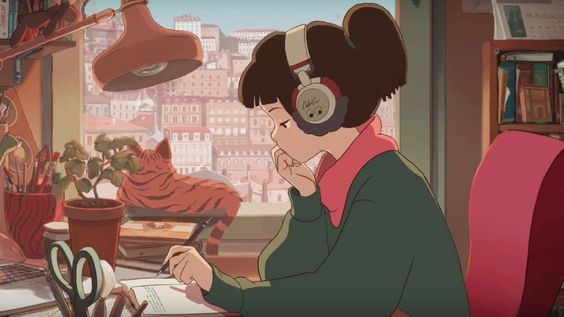Exploring the Lo-Fi Music Genre Relaxing and Inspired Sounds
Music has the incredible power to transport us to different worlds, evoke emotions, and create connections. One genre that has been gaining popularity in recent years is Lo-Fi music. With its laid-back and nostalgic vibes, Lo-Fi has become a favorite among music enthusiasts looking for a relaxing and inspired listening experience. In this article, we will delve into the world of Lo-Fi music, exploring its origins, characteristics, and the impact it has had on the music industry.
The Origins of Lo-Fi Music
Lo-Fi, short for “low fidelity,” refers to a style of music production that intentionally creates a rough and imperfect sound quality. It emerged in the 1980s as a reaction to the polished and highly produced music of the time. Lo-Fi artists embraced the imperfections, using low-quality recording equipment, cassette tapes, and vinyl records to create a raw and authentic sound.
Initially, Lo-Fi music was associated with indie rock and alternative genres. However, with the rise of the internet and the accessibility of music production software, the genre expanded and evolved. Today, Lo-Fi has become a genre of its own, encompassing various sub-genres like Lo-Fi hip-hop, jazzhop, and chillhop.
The Characteristics of Lo-Fi Music
Lo-Fi music is characterized by its warm and mellow sound, often created through the use of vinyl crackle, tape hiss, and sampled sounds from old records. The tempo is usually slow to medium, creating a relaxed and soothing atmosphere. The melodies are simple and repetitive, often featuring jazzy chords and soulful samples.
One of the defining elements of Lo-Fi music is the presence of “chopped and screwed” techniques. This involves manipulating samples by slowing them down, pitching them, or adding effects to create a unique and dreamy sound. These techniques give Lo-Fi music its distinct flavor and contribute to its nostalgic and introspective mood.
The Appeal of Lo-Fi Music
So, what makes Lo-Fi music so appealing? One of the reasons is its ability to create a calming and immersive environment. The relaxed beats and soothing melodies provide a perfect backdrop for studying, working, or simply unwinding after a long day. The nostalgic sound of Lo-Fi music also evokes a sense of comfort and familiarity, taking listeners on a journey down memory lane.
Another factor contributing to the popularity of Lo-Fi music is its accessibility. With the rise of streaming platforms and online communities, listeners can easily discover and share their favorite Lo-Fi tracks. Platforms like Hood Magz have become a hub for Lo-Fi enthusiasts, offering curated playlists and articles that celebrate the genre.
The Impact of Lo-Fi Music
Lo-Fi music has had a significant impact on the music industry, influencing artists across various genres. Its DIY approach to production has inspired many musicians to experiment with unconventional recording techniques and embrace imperfections. The rise of Lo-Fi hip-hop, in particular, has introduced a new wave of artists who blend rap and soulful melodies to create a unique and introspective sound.
Furthermore, the popularity of Lo-Fi music has opened up new opportunities for independent artists. With its low barrier to entry, artists can create and release their music without the need for expensive equipment or studio time. This has led to a thriving community of Lo-Fi producers who collaborate, share knowledge, and support each other’s work.
Conclusion
Lo-Fi music has emerged as a genre that captivates listeners with its relaxing and inspired sounds. Its origins in the 1980s DIY scene have evolved into a diverse and vibrant community of artists and enthusiasts. Whether you’re looking for a soundtrack to unwind or a source of creative inspiration, exploring the world of Lo-Fi music is sure to be a rewarding experience.

